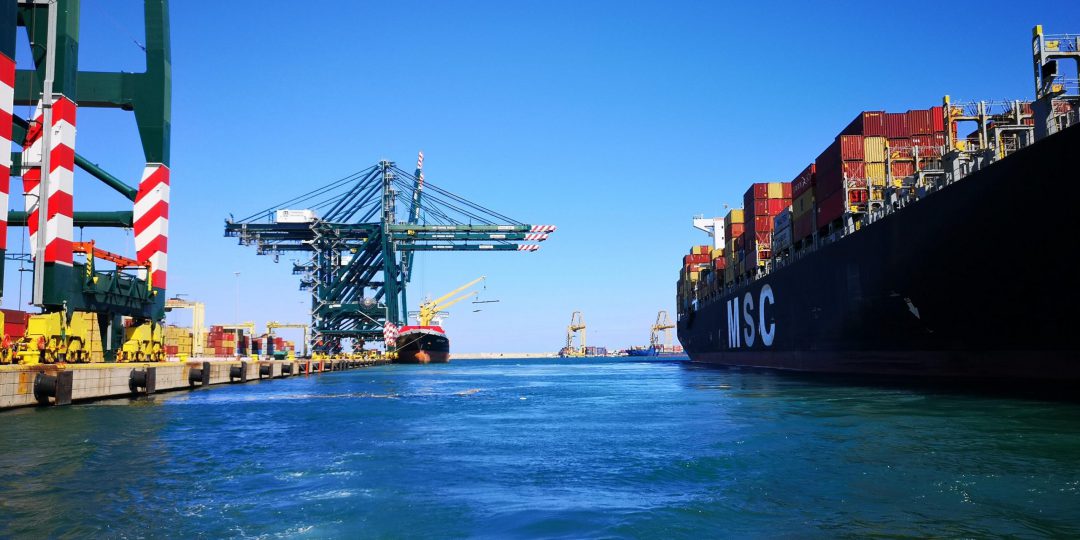Valenciaport has consolidated its position as the Spanish port with the best connectivity in the first quarter of the year according to the Port liner shipping connectivity index (LSCI) prepared by the United Nations Conference on Trade and Development (UNCTAD). The Port of València is once again the fourth European port in this ranking and the twentieth worldwide. This index evaluates the connectivity of more than 900 container ports all over the world and highlights the efficiency of the port facilities to provide companies with access to the markets in a more competitive and safe way and in the shortest possible time, and emphasises the importance of ports and maritime traffic as vectors of wealth and development.
The index produced by UNCTAD is an indicator of competitiveness which facilitates the commercial relations of the different agents operating. In this sense, the Valencian port maintains commercial relations with almost 1,000 ports in 168 different countries. Valenciaport operates with 98 regular lines managed by 35 different shipping companies. An operation that highlights the value of Valenciaport as a driving industry at the service of the logistics community and the import/export business fabric of Spain.
Valencia in the Top 20
On a European level, the Port of Valencia consolidates the fourth position it reached in the second quarter of 2020 by overtaking the ports of Bremen, Le Havre and Piraeus. In the first three positions of the European grid are Rotterdam, Antwerp and Hamburg. After the fourth position of the Port of Valencia are Le Havre fifth, Bremerhaven sixth, Barcelona seventh, London Gateway eighth, Piraeus ninth and Algeciras tenth.
The world ranking is led by the main Asian ports, with Shanghai at the top of the world ranking followed by the ports of Singapore, Ningbo, Pusan and Hong Kong. In seventh and ninth position are the first European ports, Rotterdam and Antwerp, respectively, while Hamburg, as the third European port, occupies 14th place. About the Spanish ports, after Valencia, which is positioned in the top 20, are Barcelona (25th) and Algeciras (30th).
The Liner Shiping Connectivity Index uses different variables to calculate the connectivity of ports such as:
– The number of shipping lines operating container traffics in ports
– The number of scheduled services offered in those ports
– The number of vessels they employ on services to and from the ports of each country
– The average TEU capacity offered by the vessels operating in those ports
– the maximum size of vessels operating in the ports
– The number of other ports that are connected to the port by direct liner shipping services.
Valenciaport, according to the last economic impact report drawn up by the Polytechnic University of Valencia, generates a Gross Added Value of 2,500 million euros, almost 2.5% of the total of the Valencian Community and allows the creation of 40,000 jobs. In this sense, the activity and professionalism of the port community during COVID-19 must be highlighted, which was reflected in the fact that Valenciaport managed a total of 5,428,307 containers and 80,882,224 tonnes of goods during 2020; which means, in practice, equalling the traffic of the previous year – an all-time record – and overcoming with flying colours the slump caused by the pandemic during the first half of the year.

























